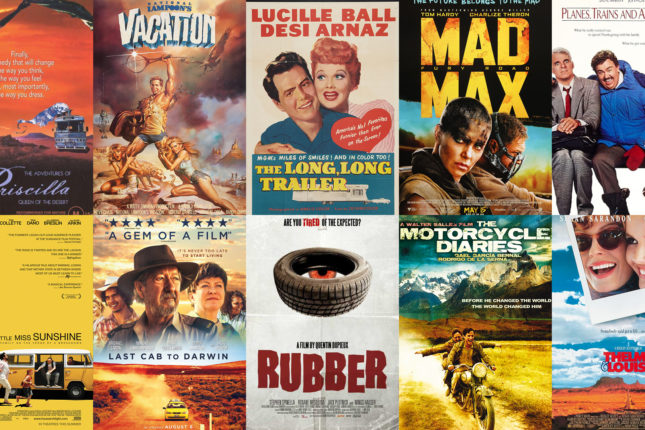Our 1900 De Dion Bouton and the colourful beginnings of the Tour de France
Written by Mick Bolognese | July 7th, 2014
It’s been a long time coming but the National Motor Museum blog is back! In an unexpected twist, it’s a cycling event which got us back into gear. The Tour de France kicked off in Leeds on Saturday, and I’m sure you’ve already all been involved in some discussion about whether or not it makes for less entertaining viewing than watching grass grow (for the record, I love it and am getting ready for a few sleepless nights). While we don’t have any bicycles at the National Motor Museum, one of our oldest vehicles has a much closer connection than you might think to the world’s most famous bike race.
De Dion Bouton is a rather obscure name nowadays, but in 1900 they were the world’s largest car manufacturer. Known for its reliability and quality (and probably not so much for its speed, with the 402cc single-cylinder engine producing less than 3 kW), our vehicle was one of the very first mass produced cars to be imported to Australia. The founder of De Dion Bouton was the Marquis Albert de Dion, a wealthy French aristocrat whose love for experimenting with mechanics led him to team up with engineers Georges Bouton and Charles Trépardoux to start a company which initially built steam-powered cars. They soon turned their attention to internal-combustion automobiles like our 1900 Model E Vis-à-vis (which means “face-to-face”, a reference to the seating arrangement in which the passengers and driver face each other). With its unusual steering column and beautiful green upholstery, it is one of the most popular vehicles in the museum. But how does all this link to the Tour de France?
Around the same time as our car was being constructed, France was divided by a political scandal that lit up public debate for over a decade: the Dreyfus affair. The subject of controversy was a young French artillery officer of Jewish descent, Captain Alfred Dreyfus, who was convicted of treason for passing military secrets to Germany and sentenced to life imprisonment in a penal colony in far-away French Guiana. In time, the accusations were shown to be baseless and Dreyfus was reinstated as an officer, but by then he had already served 5 years’ imprisonment. Anti-Semitism had played a significant role in the proceedings and was also a focus of the public debate between supporters of Dreyfus and those who thought him guilty. Marquis de Dion was of the latter opinion. He was so infuriated by a show of support for Dreyfus in Le Vélo, France’s most popular sports newspaper (and one which he had been generously supporting financially) that he decided to start his own rival newspaper. He drummed up support from fellow automotive tycoons Edouard Michelin and Alphonse Clement and founded L’Auto-Vélo, which was promptly sued by Le Vélo and had to change its name to simply L’Auto. As a promotion tool to defeat competition by Le Vélo, de Dion’s newspaper organised the bicycle race around France which we now know as Le Tour. It was a complete success, attracting large crowds of passionate fans from the onset and driving sales for the organisers: L’Auto quickly became one of the most circulated dailies in France, and, completely outmuscled, Le Vélo had shut up shop within a couple of short years.
So there you go! De Dion would eventually be proven wrong in regards to the Dreyfus affair, but he left us with an impressive legacy, having also created the Mondial de l’Automobile (the famous Paris Motor Show) in 1898. Under its new name L’Equipe, his newspaper would also go on to devise the European Champions League of football. A De Dion Bouton is also thought to have won the world’s first official car race in 1887, driven by co-founder Georges Bouton himself. This is not as impressive as it sounds – it was the only entrant…


 Show all
Show all
 Read this post
Read this post

 Visit
Visit